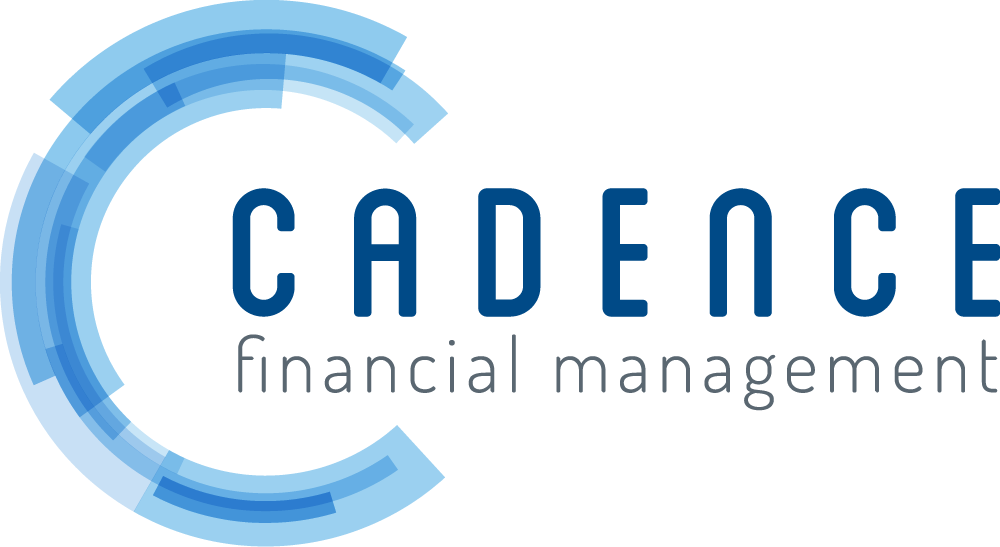The Graying of the American Workforce
The Silver Tsunami is headed ashore, as “Peak 65” is expected to usher in an average of 11,000 retirement age Americans daily through the end of 2024 — the highest ever recorded. And a lot of them plan to keep working. Pew Charitable Trusts reports that 62% of workers 65 and older are engaged in full-time employment versus 47% in 1987 — and the expansion of seniors’ participation in the job market is projected to continue. The Bureau of Labor Statistics projects that more than one in five older adults will be in the labor force by 2032. For organizations, this demographic shift presents a unique opportunity to leverage the wealth of experience offered by senior professionals.
Modern Elders
Today’s older workers are generally healthier and more educated than those of previous generations. And with fewer having pensions to provide stable income during their golden years, many are motivated to stay in the workplace longer to delay receiving Social Security payments until they reach full retirement age. Employers can gain a tactical advantage by supporting these often highly experienced workers seeking post-retirement “bridge jobs.”
Older employees can help retain the type of institutional knowledge that can boost productivity and help maintain corporate culture by passing down critical skills and company-specific knowledge that might otherwise be lost. This knowledge transfer is essential for continuity and can save significant resources in training and development. Senior workers can also be highly valuable as mentors to younger coworkers and help boost morale by providing a sense of history and tradition.
Boomer Benefits: Adapting Rewards for a Mature Workforce
Organizations may be able to reap the myriad benefits older workers offer without having to pay a premium to retain them. They may be willing to accept reduced pay for perks like flexible or hybrid work options, phased retirement programs, job retraining into more age-friendly positions, expanded health benefits and HSAs to help cover medical expenses in retirement. However, it’s important that the unique needs of senior workers also be addressed when constructing a comprehensive benefits package.
Systematic withdrawal plans can help retirement-age employees better manage cash flow. And expanding traditional financial wellness programming enables organizations to enhance the stability and job satisfaction of older workers while capitalizing on the vast reservoir of knowledge and experience they offer. Benefits could include longevity planning and other resources that address the specific life-stage concerns of seniors, such as estate planning, health care directives and long-term care funding.
Applying a thoughtful approach to senior talent can result in higher retention rates, lower recruitment costs and a more resilient and diverse organizational culture that both values — and benefits from — the contributions of its most experienced workers.
Sources:
This material was created to provide accurate and reliable information on the subjects covered but should not be regarded as a complete analysis of these subjects. It is not intended to provide specific legal, tax or other professional advice. The services of an appropriate professional should be sought regarding your individual situation. The material presented was created by RPAG. Securities, investment advisory, and financial planning services offered through qualified registered representatives of MML Investors Services, LLC. Member SIPC (www.sipc.com). Supervisory Office: 16 Campus Blvd, Newtown Square, PA 19073. Cadence Financial Management, LLC is not a subsidiary or affiliate of MML Investors Services, LLC or its affiliated companies. ACR# 6373176 02/24
